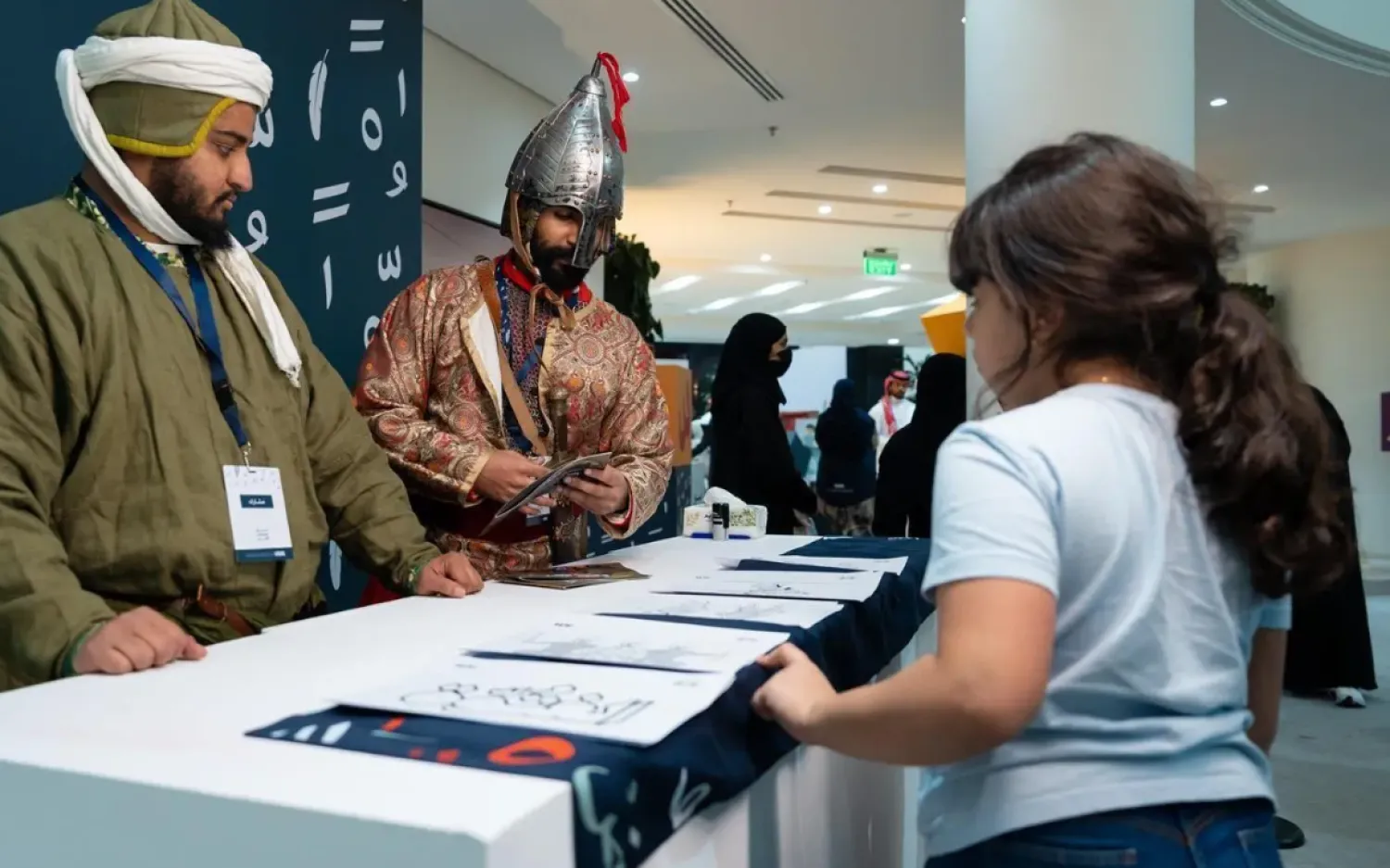In an accidental find, a 10th-century burial site believed to have belonged to a Viking noble family has been discovered in northern Denmark, packed with a "spectacular" trove of ancient objects, a museum announced Tuesday.
The discovery came when pearls, coins, ceramics and a box containing a gold thread were unearthed during construction work near Lisbjerg, a village located seven kilometers (four miles) north of Aarhus, Denmark's second-largest city.
Archaeologists found the site contained around 30 graves dating from the second half of the 10th century, when the famous King Harald Bluetooth reigned, said the Moesgaard Museum in Aarhus.
According to the museum's archaeologist Mads Ravn, the graves are most likely linked to a noble family from the Viking Age -- which lasted between the eighth and 11th centuries -- whose farm was discovered less than a kilometer from the burial site in the late 1980s.
"This could have been one of Harald Bluetooth's earls or stewards," Ravn told AFP.
Ravn noted that the king, who introduced Christianity to what is today Denmark, tasked nobles with managing certain regions.
Researchers also discovered some human remains, such as teeth and bones, at the site.
"People basically took what was important to them into the grave because they wanted to transfer it to the other world," the archaeologist said.
One of the graves, which scientists believe belonged to an important woman, contained a box filled with decorative objects and a pair of scissors.
The "magnificent" box is a remarkable find, according to Ravn, with only a few having been discovered before, including one in southeastern Germany.
"It's very rare, there's only three of them we know of," he said.
The excavations at Lisbjerg are due to be completed this week, after which experts will begin a thorough analysis of the objects recovered.
Wooden objects in particular should help them accurately date the burial site.
As a royal and commercial center, Aarhus was one of Denmark's most important cities during the Viking Age.









